What’s the purpose of this model?
This simulation model is designed to help business leaders make informed decisions around improving workforce outcomes, and to help talk to policy makers about the changes that need to occur for this to happen. Specifically, this tool allows us to simulate the effect of various changes (e.g., hiring based on specific skills, adjustments to the education system, and implementing workforce training programs) on workforce and societal outcomes that we care about, such as productivity, wage distribution, and the number of skills needed by employees to meet demand, to name a few. This model also allows us to understand the time delays that might be present when implementing new workforce policies, which is especially important to gauge the amount of time necessary to “stick with” an intervention or policy choice.
What does it mean to be an agent-based model?
Over the years, BHEF has used a variety of simulation modeling techniques to guide proposed changes to the education and workforce systems. The Aligned Workforce Model is an agent based model. In agent based Models, we track individuals as they move throughout a system. This allows us to understand both how an overall system reacts to certain events and triggers, but also how sub-sets of individuals fare—for example, in this model we can analyze how young employees versus older employees feel the effect of a particular change in the system (e.g., the rate of innovation goes up).
What does it mean to be a notional model?
A notional model is designed to help inform stakeholders have a conversation about overall system behavior and understand broad changes that may occur as a result of changes to that system. While we used data to build this model, and built in variables that we know influence workforce and societal outcomes, it has not been calibrated to guarantee precise results. This model should be used to help bring stakeholders together about system level impacts of various policy choices, and to help inform a conversation about next steps.
